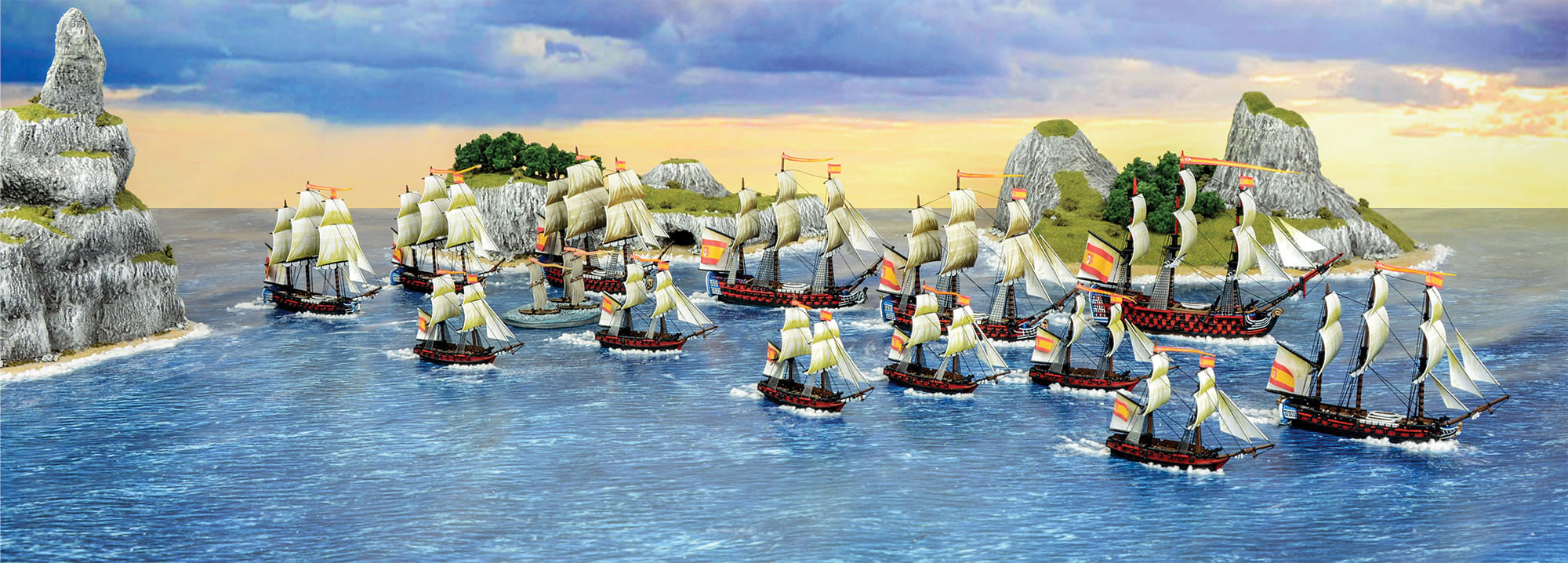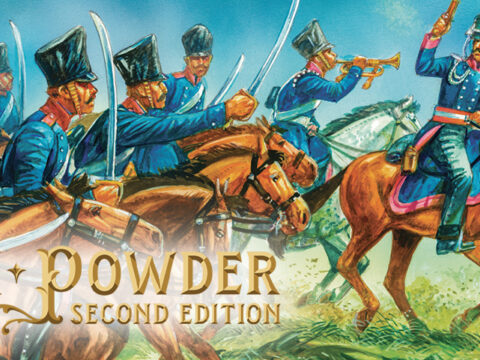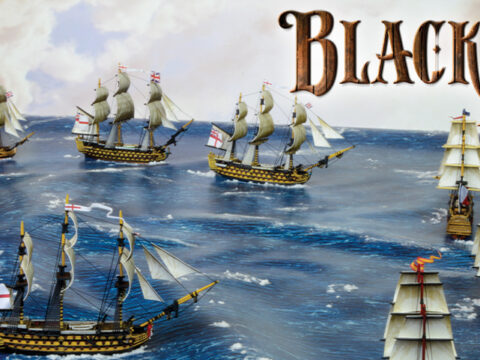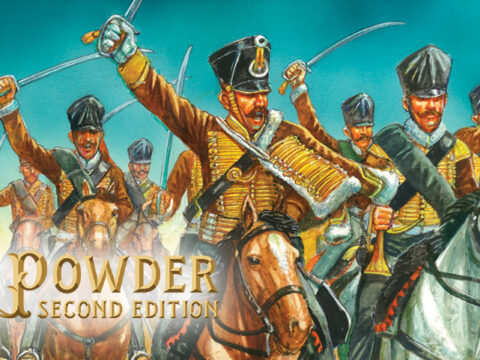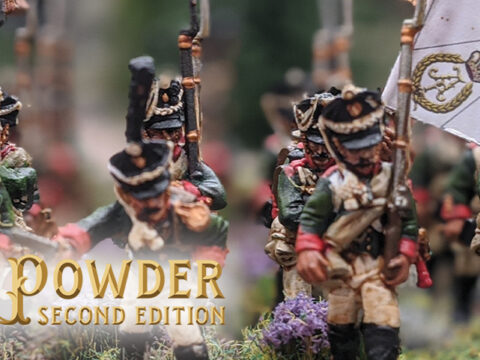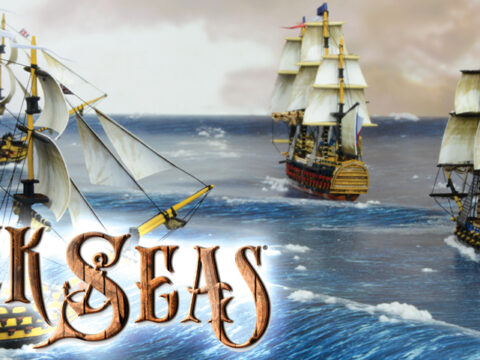Discover the Spanish Navy in all its glory and sail your tall ships into history as the Almirante of your own fleet in Black Seas!
The Spanish Navy
The history of the Spanish Navy in the Age of Sail is one of varying fortunes: involving both major successes and massive defeats.
At the beginning of the 18th century, the fleets were in a poor state and performed badly. Reforms in all areas of the fleet in the 1720s rapidly transformed it into a truly powerful force. By the 1730s the navy was able to recapture possessions in Italy that had been lost to Austria decades before. In 1741, a small Spanish fleet won a spectacular victory against overwhelming British forces at the Battle of Cartagena de Indias in Colombia. A force of only six Spanish ships and supporting fortresses, defended by around 6,000 men, faced a British invasion of 124 ships and almost 28,000 men. In combined land and sea operations, the Royal Navy being heavily defeated, losing 50 ships and suffering 18,000 casualties.
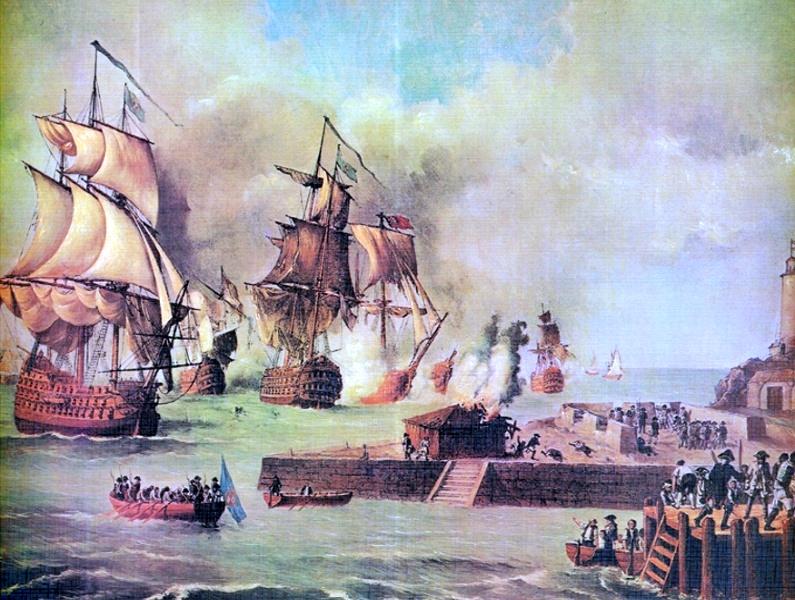
The British attack on Cartagena de Indias by Luis Fernández Gordillo.
1770’s
The Spanish Navy successfully fought the British several times between 1720 and 1820. In the 1770s Spanish fleets made a major contribution to the American War of Independence. With their French and Dutch allies, they were able to outnumber and outmanoeuvre the British ships to bring essential arms and supplies to the Colonial forces.
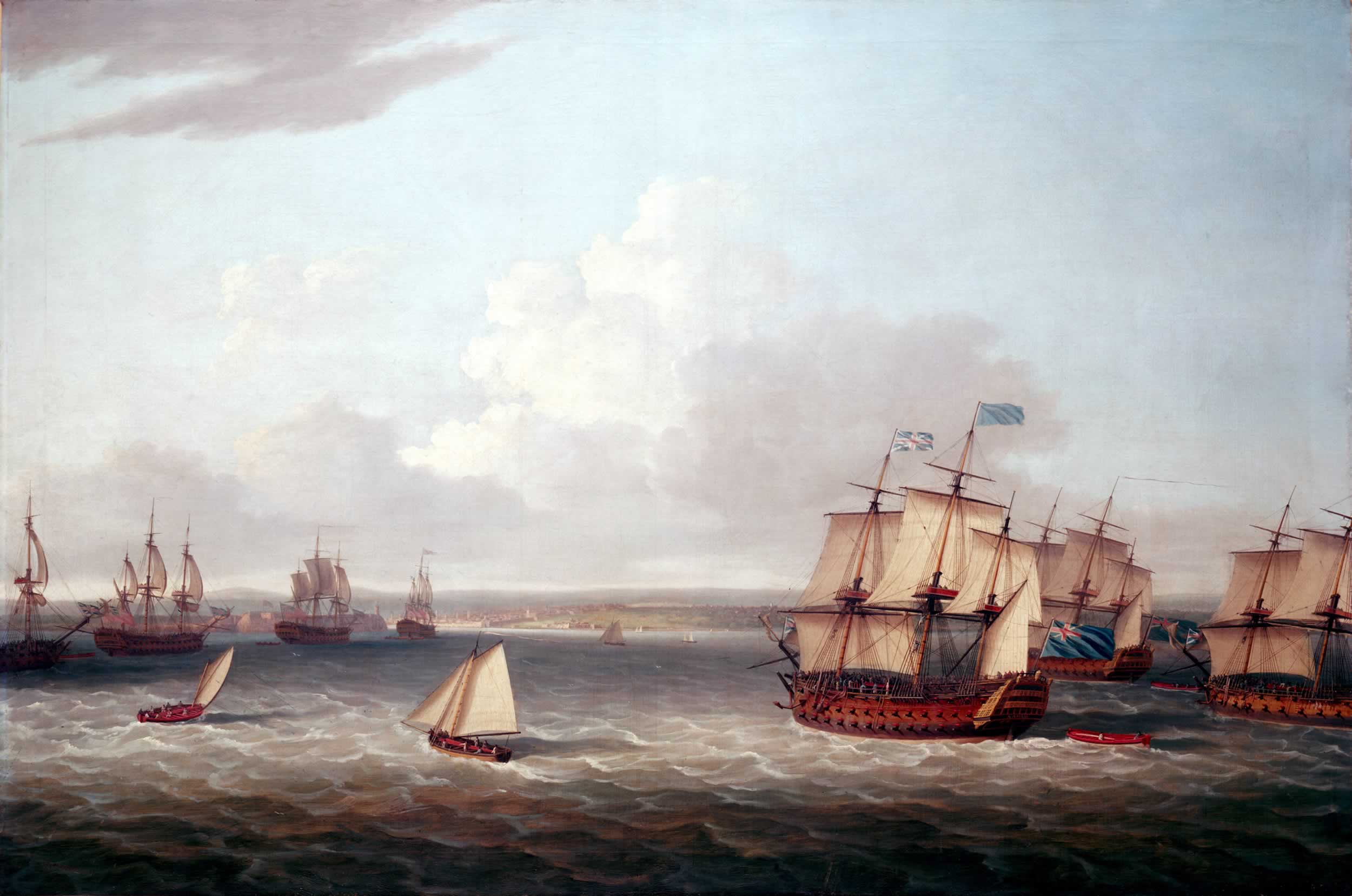
The British fleet closing in on Havana in 1762.
Painting by Dominic Serres
It wasn’t always plain sailing for the Spanish navy though. During the Siege of Havana in 1762, after several battles, 22 ships – a fifth of the entire Spanish fleet – surrendered to the British. Relations with Spain’s European neighbours clearly fluctuated, always affecting the navy, which can make for interesting Black Seas scenarios, especially during the Napoleonic Wars.
1790’s
At the onset of the Revolutionary Wars in the 1790s, Spain allied with her traditional enemy, Britain. However, she switched support to France in 1796, a change which then led to heavy defeats and extensive blockades by Royal Navy fleets.
At the battle of Cape St Vincent in 1797, a Spanish fleet of 36 ships was defeated by a fleet of just 22 British, with the loss of only four ships.
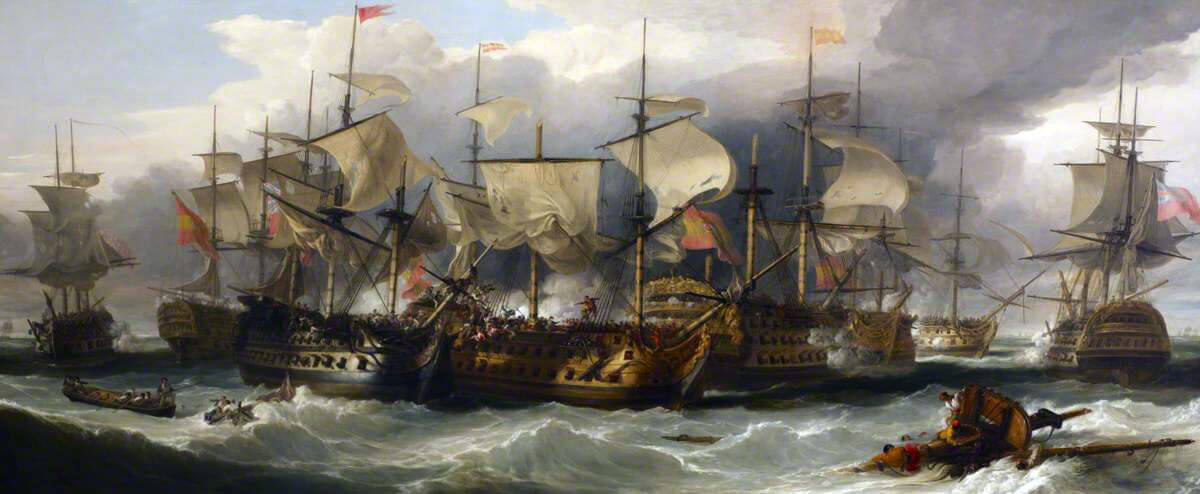
HMS Captain alongside San Nicholas and San Josef at the Battle of Cape St Vincent on 14th February 1797 in the Napoleonic Wars
1800’s
The greatest Spanish reversal was, of course, at the Battle of Trafalgar in 1805, when a quarter of the Spanish fleet was captured or sunk. The calamity at Trafalgar did not stop Spain from allying with Britain again, though, in 1808, as part of its struggle for independence from Napoleon. Almost immediately, in a small battle off Cadiz in June 1808, Spain captured an entire squadron of six French ships, losing only four men in the process.
Spain’s navy fought for the French and against them, and for the British and against them. Along the way, it allied with the Americans and the Dutch, and fought battles not only close to home in the Mediterranean but had many successful (and also disastrous) engagements as far away as South America and the Caribbean.
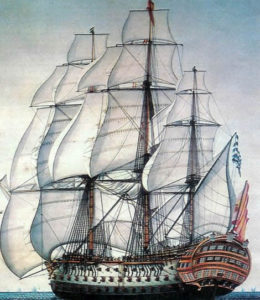
Santísima Trinidad, the most heavily armed ship in the entire Age of Sail
The Spanish Navy in Black Seas
The Spanish fleet sometimes included 1st rates laden with many more cannons than those of other countries. This was the nation that built the Santísima Trinidad after all. Spanish 1st Rates may thake the Over Gunned upgrade for. If they do this, however, they may suffer difficulties when attempting to manoeuvre at full sail. These ships rarely saw action, so veteran crews are not permitted on these ships.
Spanish crews suffered from a lack of training in comparison with other nations’ navies. Veteran crews, therefore, incur an additional cost when selecting a Spanish fleet.
Discover more articles about the Spanish Navy in Black Seas Here:
Black Seas Spanish Battle Line
Our Spanish Battle Line gives you the beginnings of a Spanish Navy led by the Santisima Trinidad, the largest warship in the entire the Age of Sail! Included are all the ship cards for the game, as well as flag sheets, acetate ratline sheets and rigging thread to make your ships really stand out.
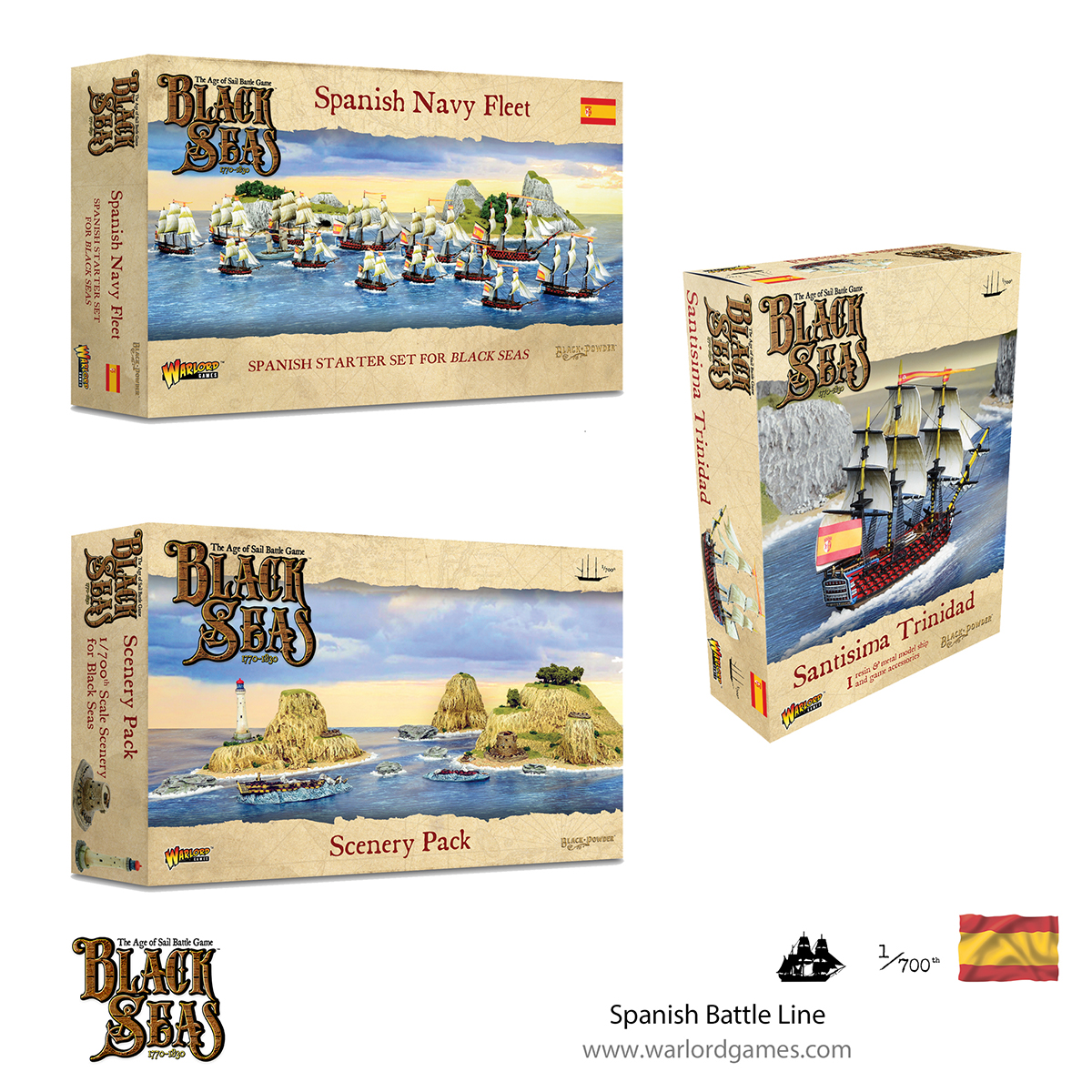
View in Store

